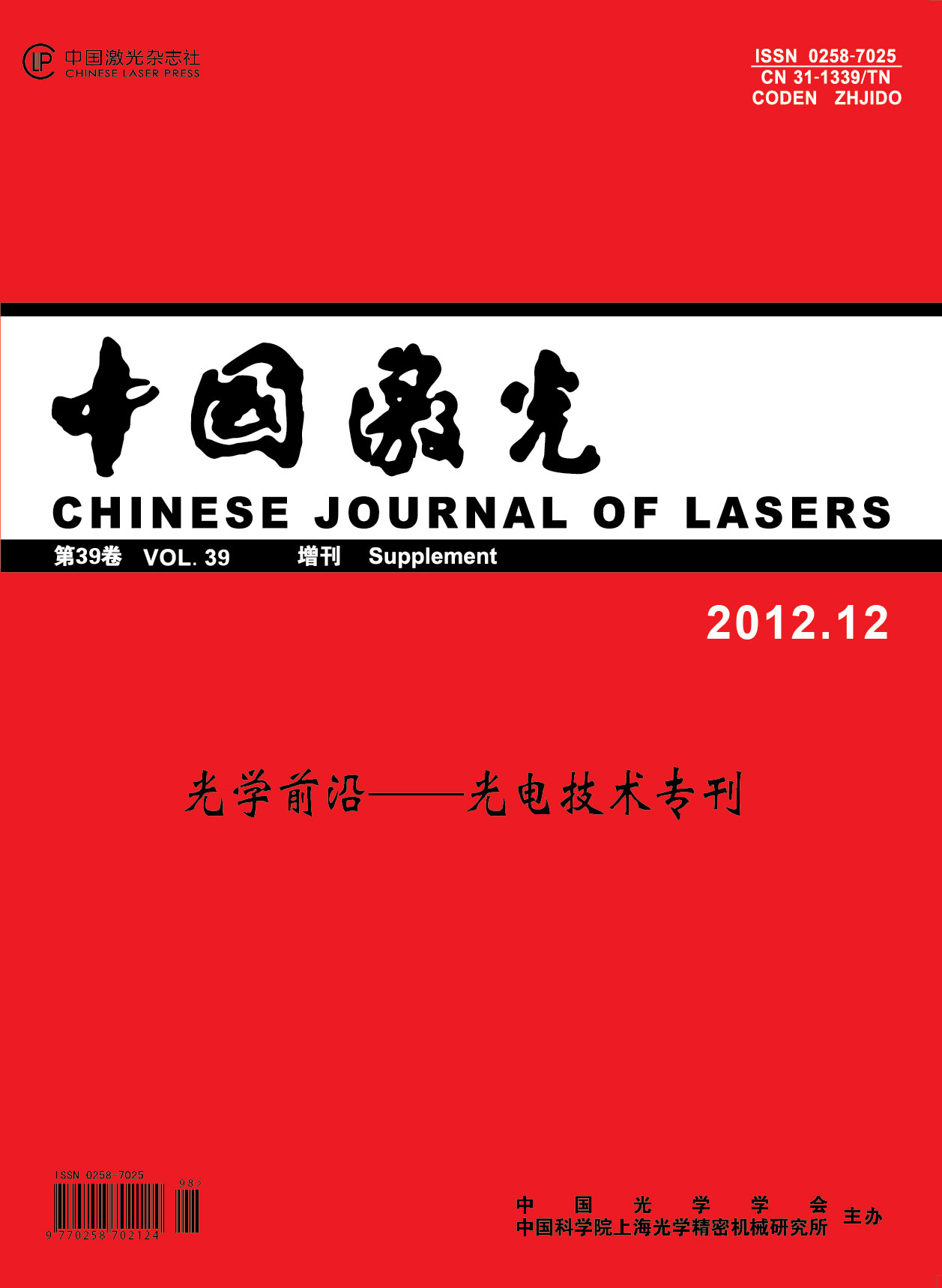分相温度对Eu2+/Dy3+共掺高硅氧玻璃发光性质的影响
[1] D. Chen, H. Miyoshi, T. Akai et al.. Colorless transparent fluorescence material: sintered porous glass containing rare-earth and transition-metal ions[J]. Appl. Phys. Lett., 2005, 86(23): 2319081
[2] 乔延波, 达宁, 陈丹平 等. 钕离子掺杂和钕铝共掺高硅氧玻璃的光谱性质研究[J]. 物理学报, 2007, 56(12): 7023~7028
Qiao Yanbo, Da Ning, Chen Danping et al.. Spectroscopic properties of Nd-doped and Nd-Al-codoped high silica glasses[J]. Acta Physica Sinica, 2007, 56(12): 7023~7028
[3] 达宁, 杨旅云, 彭明营 等. 掺铒高硅氧玻璃光谱性质的研究[J]. 物理学报, 2006, 55(6): 2771~2776
Da Ning, Yang Lüyun, Peng Mingying et al.. Spectroscopic properties of Er3+ doped high silica glasses[J]. Acta Physica Sinica, 2006, 55(6): 2771~2776
[4] Qiang Zhang, Yanbo Qiao, Bin Qian et al.. Luminescence properties of the Eu-doped porous glass and spontaneous reduction of Eu3+ to Eu2+[J]. Journal of Luminescence, 2009, 129(11): 1393~1397
[5] L. Yang, M. Yamashita, T. Akai. Green and red high-silica luminous glass suitable for near-ultraviolet excitation[J]. Opt. Express, 2009, 17(8): 6688~6695
[6] W. Liu, D. Chen, H. Miyoshi et al.. Tb3+-impregnated, non-porous silica glass possessing intense green luminescence under UV and VUV excitation[J]. Journal of Non-Crystalline Solids, 2006, 352(28): 2969~2976
[7] L. Jin, W. Chen, X. Lei et al.. Luminescence properties of Eu2+/Dy3+ co-doped high silica glass for white LED[C]. SPIE, 2011, 8202: 820204
[8] 陈丹平. 高硅氧发光玻璃的制备及其荧光性能[J]. 硅酸盐学报, 2007, 35(S1): 74~81
Chen Danping. Prepation and fluorescence properties of high silica luminescent glasses[J]. Journal of the Chinese Ceramic Society, 2007, 35(S1): 74~81
[9] Harrison Porter Hood, Martin Emery Nordberg, Treated Borosilicate Glass[P]. US Patent 2,106,744, 1938
[10] 谢康, 赵修建, 周永恒 等. Co/Ce共掺杂高硅氧玻璃的制备和光谱性能[J]. 硅酸盐学报, 2001, 29(5): 496~499
Xie Kang, Zhao Xiujian, Zhou Yongheng et al.. Study of preparation and spectral properties of the Co/Ce co-doped high silica glasses[J]. Journal of the Chinese Ceramic Society, 2001, 29(5): 496~499
[11] 廉志红, 李成宇, 吴昊 等. Dy3+离子在硼磷酸锌玻璃中的发光性质[J]. 中国稀土学报, 2008, 26(5): 542~546
Lian Zhihong, Li Chengyu, Wu Hao et al.. Luminescence properties of Dy3+ in ZnO-B2O3-P2O5 glasses[J]. Journal of the Chinese Rare Earth Society, 2008, 26(5): 542~546
[12] T. Yu, J. Sun, R. Hua et al.. Luminescence of complex ion WO18-12 in Dy3+ doped nanocrystal Gd6WO12 phosphor[J]. Journal of Alloys and Compounds, 2011, 509(2): 391~395
[13] M. F. Hazenkamp, G. Blasse. Rare-earth ions adsorbed onto porous glass-luminescence as a characterizing tool[J]. Chemistry of Materials, 1990, 2(2): 105~110
[14] 盛国栋, 杨世通, 赵东林 等. 静态法和EXAFS技术研究Eu(III)在钛酸纳米管上的吸附行为和微观机制[J]. 中国科学: 化学, 2012, 42(1): 60~73
Sheng Guodong, Yang Shitong, Zhao Donglin et al.. Adsorption of Eu(III) on titanate nanotubes studied by a combination of batch and EXAFS technique[J]. Scientia Sinica Chimica, 2012, 42(1): 60~73
[15] M. Takeuchi, G. Martra, S. Coluccia et al.. Investigations of the structure of H2O clusters adsorbed on TiO2 surfaces by near-infrared absorption spectroscopy[J]. J. Phys. Chem. B, 2005, 109(15): 7387~7391
[16] 赵振国. 吸附作用应用原理[M]. 北京: 化学工业出版社, 2005
Zhao Zhenguo. Application and Mechanism of Adsorption[M]. Beijing: Chemical Industry Press, 2005
金雷, 雷小华, 杜晓晴, 任林娇, 陈伟民. 分相温度对Eu2+/Dy3+共掺高硅氧玻璃发光性质的影响[J]. 中国激光, 2012, 39(s2): s206002. Jin Lei, Lei Xiaohua, Du Xiaoqing, Ren Linjiao, Chen Weimin. Effect of Phase Separation Temperature on Photoluminescence Properties of Eu2+/Dy3+ Co-Doped High Silica Glasses[J]. Chinese Journal of Lasers, 2012, 39(s2): s206002.





